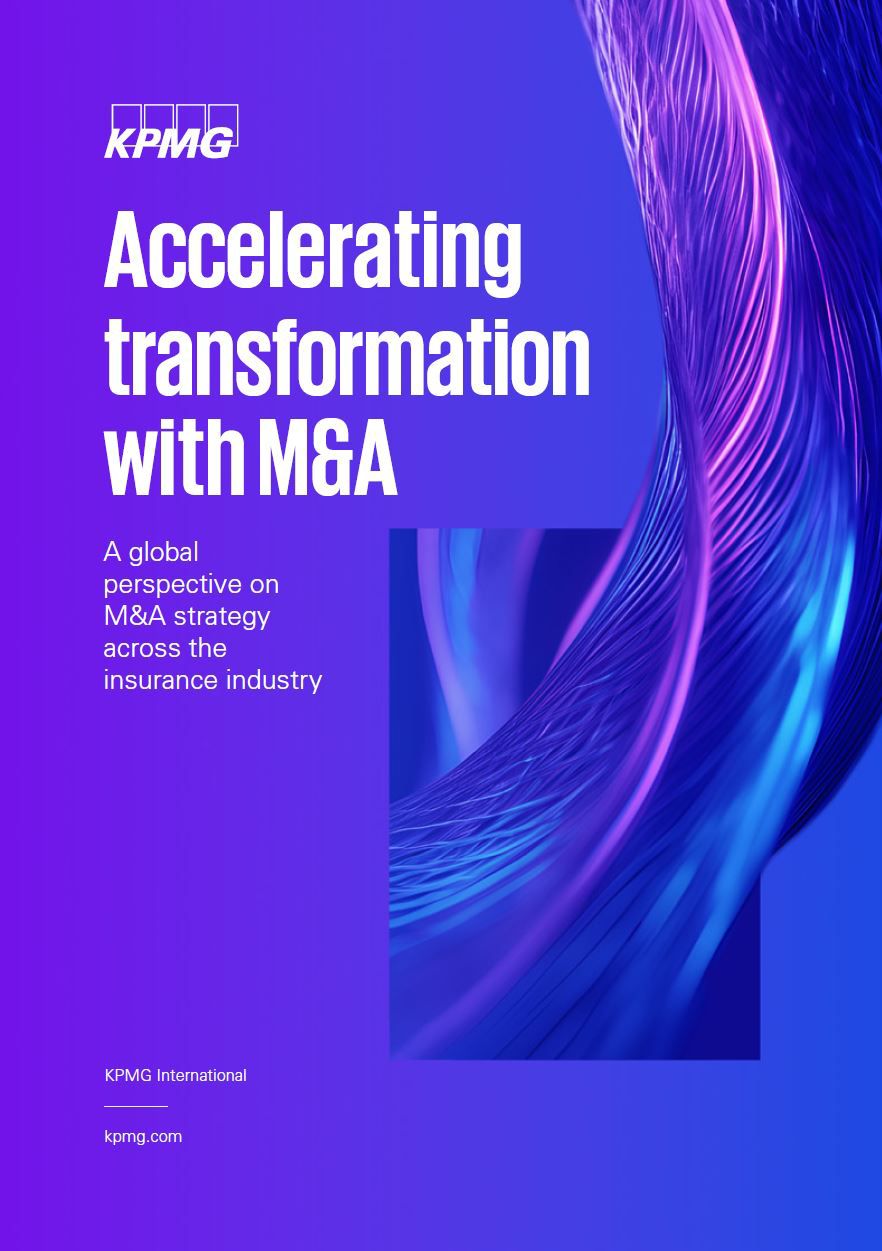The global insurance industry has been navigating an era of transformation. Through recent years, insurance leaders have been working through – cautiously yet optimistically – the realities associated with geopolitical and economic uncertainties, shifting demographics, evolving risks, and adapting to consumer behaviors.
These factors have combined to drive insurers and other industry players to rethink their M&A and growth strategies, and reshape their business models – including partnerships, and alliance strategies – so that they can grow and thrive in a future expected to look fundamentally different from the past. Many of these challenges, however, are also creating new opportunities—ones that industry leaders are exploring and embracing within their business and operational strategies to help drive sustainable, profitable growth.
In this latest report, discover key insights across both global and regional M&A activities, deals and trends. We highlight influences impacting the insurance industry and share future business models that insurance organizations should consider as they review and develop their M&A and growth strategies, to align with the increasing pace of transformation and evolving customer needs.

Accelerating transformation with M&A
Discover global and regional M&A insights, emerging trends and operational strategies to help insurance organizations drive sustainable growth.
Download report (3.10 MB) ⤓
Finding ways to thrive in an uncertain world
Over the next few years, transformation across the industry will continue to accelerate. Industry players will need to become more agile and more relevant in the eyes of their customers — and to differentiate themselves from their competition. As insurance leaders look to find ways to thrive in an uncertain world, the strategic initiatives they will likely focus on can be broadly categorized into four interdependent themes:
Successful insurance organizations in the future will likely be those that transform their operating capabilities to include:
- Better understanding of their customers—acquire robust knowledge and understanding of the needs, wants, motivations, and challenges of their customers, and leverage these insights to inform customer interactions and to design products and services for tomorrow’s customers.
- Relevant value propositions, products, and services—create value propositions that reflect customer motivations and address customer challenges; provide products and services that meet the needs and wants of customers; and identify the right set of experiences, features, and value-added insights to enhance customer engagement.
- Loosely coupled, but tightly connected operating platforms—leverage a connected operating model that enhances platform connectivity by integrating new capabilities into existing technologies, while continuing to modernize the core operating platform; and enable efficient, data-driven operating models that enhance decision making and improve interactions with customers, employees, partners, and stakeholders.
- Capital optimization—harness insights across their businesses, insurance ecosystem, and broader competitive landscape to inform their capital allocation and deployment strategies; and constantly rationalize their portfolio of existing businesses and operating capabilities via divestitures, mergers and acquisitions, and partnerships and alliances.
59 percent of insurance CEOs believe appetite for M&A is high and that their organizations are likely to undertake acquisitions that will significantly impact their business.1
While many potential buyers are adopting a wait and watch approach, the pressure to retain momentum within an industry navigating transformation will likely see M&A activity increase. Insurance leaders will be looking to transform their business models and embrace emerging technology to improve operational efficiencies and create stakeholder value. These leaders will also be looking for ways to better engage with customers to enhance their experience, while also providing more targeted and relevant products and services that address the diverse needs of different demographics in the geographies in which they operate.
Over the next few years, the transformation of the insurance industry is likely going to accelerate as insurance companies strive for sustainable profitable growth. Leading industry players recognize the role that M&A will play, as they develop new ways to become more agile and more relevant in the eyes of their customers—and to differentiate themselves from their competition.
How KPMG can help
KPMG’s team of experienced professionals support insurance organizations through their journey. With leading industry perspectives, deep M&A and Strategy knowledge, proprietary solutions, and advanced data and analytics, our team of experienced specialists serve our clients with a fully integrated, multi-disciplinary approach, orchestrating deal activities across multiple functions and throughout the transaction process to generate unique insights into companies and markets. Please contact your local member firm to discuss your unique M&A requirements.
Related content
Contact Us
Connect with us
- Find office locations kpmg.findOfficeLocations
- kpmg.emailUs
- Social media @ KPMG kpmg.socialMedia
1KPMG Insurance CEO Outlook, December 2022



